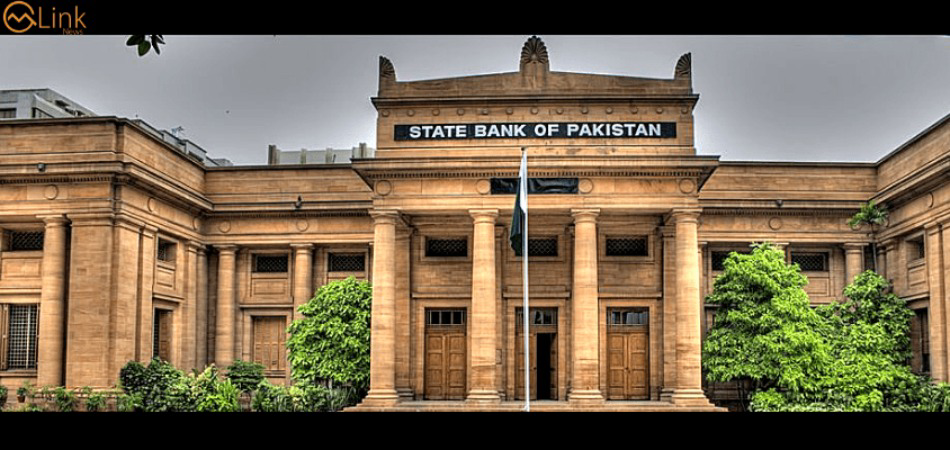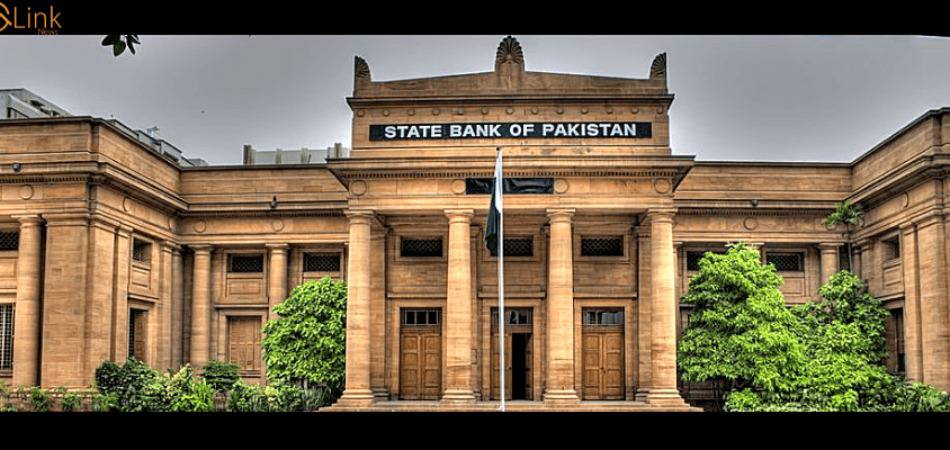Monetary Policy – Another pre-emptive tactic to revamp upcoming auctions’ performance?

MG News | July 12, 2019 at 05:10 PM GMT+05:00
July 12, 2019 (MLN): The State Bank of Pakistan is scheduled to announce the Monetary Policy rate on Tuesday i.e. July 16, 2019, just a day prior to the MTB auction and almost a week before the PIB auction.
As per the official documents released by State Bank of Pakistan, the total amount expected to be raised from these auctions is Rs. 700 billion against a maturing amount of 981.821 billion. However, with immense uncertainty and pessimism prevailing in the economy, it is highly unlikely that government will succeed in raising the target amount.
The likely shortfall in the required amount to be raised through these auctions is probably the secondary issue. The main problem is that IMF, as part of its bailout conditions, has restricted government from borrowing funds from the Central Bank. As a consequence, rolling over the required amount will be difficult for the state, especially after considering the results of the previous auctions.
This is perhaps one of the main reasons why Central bank has decided to announce the Monetary Policy rate ahead of MTB auction. The announcement at this point might in some way ignite hope and clarity in investors and prompt them to participate in the upcoming auctions, therefore enabling the government to achieve its target.
While it’s not clear whether the Central Bank will raise the Policy Rate or maintain it, the detailed Staff Report released by IMF does provide some insight as to what trend the policy rate might follow. According to the projections put forth in the comprehensive report, the inflation in Pakistan is expected to reach 13% in FY20. Keeping this prediction in view, it is likely that SBP might raise the rate to keep up with IMF’s inflation projection.
Shedding further light on the very same, the IMF report stated that SBP will maintain an appropriately tight monetary policy to guide inflation and inflation expectations. To this end, it will maintain a positive policy rate in real terms consistent with the SBP’s medium-term inflation objective and the program’s monetary aggregate targets.
“Until the SBP has further advanced preparations toward an inflation targeting framework, NDA and NIR targets will guide money supply to rates consistent with the inflation objective of 5–7 percent. In addition, the NIR targets will guide the reserve accumulation under the program” it further noted.
The document went on to state that monetary policy would remain appropriately tight to shore up confidence and reach the inflation objective.
“With inflation already high and inflation expectations elevated, the Central Bank increased the policy rate by 150 bps. Thereafter, it will keep policy rates positive in real terms consistent with its inflation objective and geared toward achieving the program's monetary aggregate targets. If inflationary pressures persist, including from the balance of payments, SBP will tighten monetary policy proactively, keeping a tight control on monetary aggregates” it said.
Expressing his views on the likely consequences of further hike in interest rates, a renowned economist Muzzammil Islam said that given the fiscal deficit of Rs. 3100 billion for FY20 and the debt servicing cost for current year fiscal deficit of Rs. 400 billion, the recipe of hiking rate will surely hurt government the most and indirectly public.
With regards to Public Debt Sustainability, the report highlighted that Pakistan’s government and government-guaranteed debt has been on an increasing path since 2017. Public debt increased to 75.3 percent of GDP by the end of FY 2018, up from 70 percent of GDP in the previous fiscal year, while public debt excluding guarantees reached about 72 percent of GDP. Net public debt also increased to around 67 percent of GDP. Gross financing needs reached almost 34 percent of GDP, up from 29.4 percent a year ago.
Moreover, it remarked that the maturity structure of public debt has worsened. As of March 2019, 57 percent of domestic public debt had a maturity of less than a year, up from 54 percent in June 2018. Moreover, the stock of short-term debt from the Central Bank more than doubled in last ten months, reaching 19 percent of GDP in March, while three-month T-bills declined but remained high at 8 percent of GDP.
“While the Treasury bills are denominated in local currency, which mitigates rollover risk as long as there is sufficient liquidity in the domestic banking system, the large amount of short-term debt raises the government’s exposure to interest rate risk. The annual increase in short-term public debt has surpassed the upper risk-assessment benchmark as shown in the heatmap. The adjustment scenario envisages a reprofiling of the short-term debt held by the Central Bank, discontinuation of Central Bank financing, and a gradual decrease of foreign currency-denominated debt to reduce rollover and exchange rate risks” the staff report said.
Copyright Mettis Link News
Related News
| Name | Price/Vol | %Chg/NChg |
|---|---|---|
| KSE100 | 134,299.77 290.06M |
0.39% 517.42 |
| ALLSHR | 84,018.16 764.12M |
0.48% 402.35 |
| KSE30 | 40,814.29 132.59M |
0.33% 132.52 |
| KMI30 | 192,589.16 116.24M |
0.49% 948.28 |
| KMIALLSHR | 56,072.25 387.69M |
0.32% 180.74 |
| BKTi | 36,971.75 19.46M |
-0.05% -16.94 |
| OGTi | 28,240.28 6.19M |
0.21% 58.78 |
| Symbol | Bid/Ask | High/Low |
|---|
| Name | Last | High/Low | Chg/%Chg |
|---|---|---|---|
| BITCOIN FUTURES | 118,140.00 | 119,450.00 115,635.00 |
4270.00 3.75% |
| BRENT CRUDE | 70.63 | 70.71 68.55 |
1.99 2.90% |
| RICHARDS BAY COAL MONTHLY | 97.50 | 0.00 0.00 |
1.10 1.14% |
| ROTTERDAM COAL MONTHLY | 108.75 | 108.75 108.75 |
0.40 0.37% |
| USD RBD PALM OLEIN | 998.50 | 998.50 998.50 |
0.00 0.00% |
| CRUDE OIL - WTI | 68.75 | 68.77 66.50 |
2.18 3.27% |
| SUGAR #11 WORLD | 16.56 | 16.60 16.20 |
0.30 1.85% |
Chart of the Day
Latest News
Top 5 things to watch in this week
Pakistan Stock Movers
| Name | Last | Chg/%Chg |
|---|
| Name | Last | Chg/%Chg |
|---|




 MTB Auction
MTB Auction